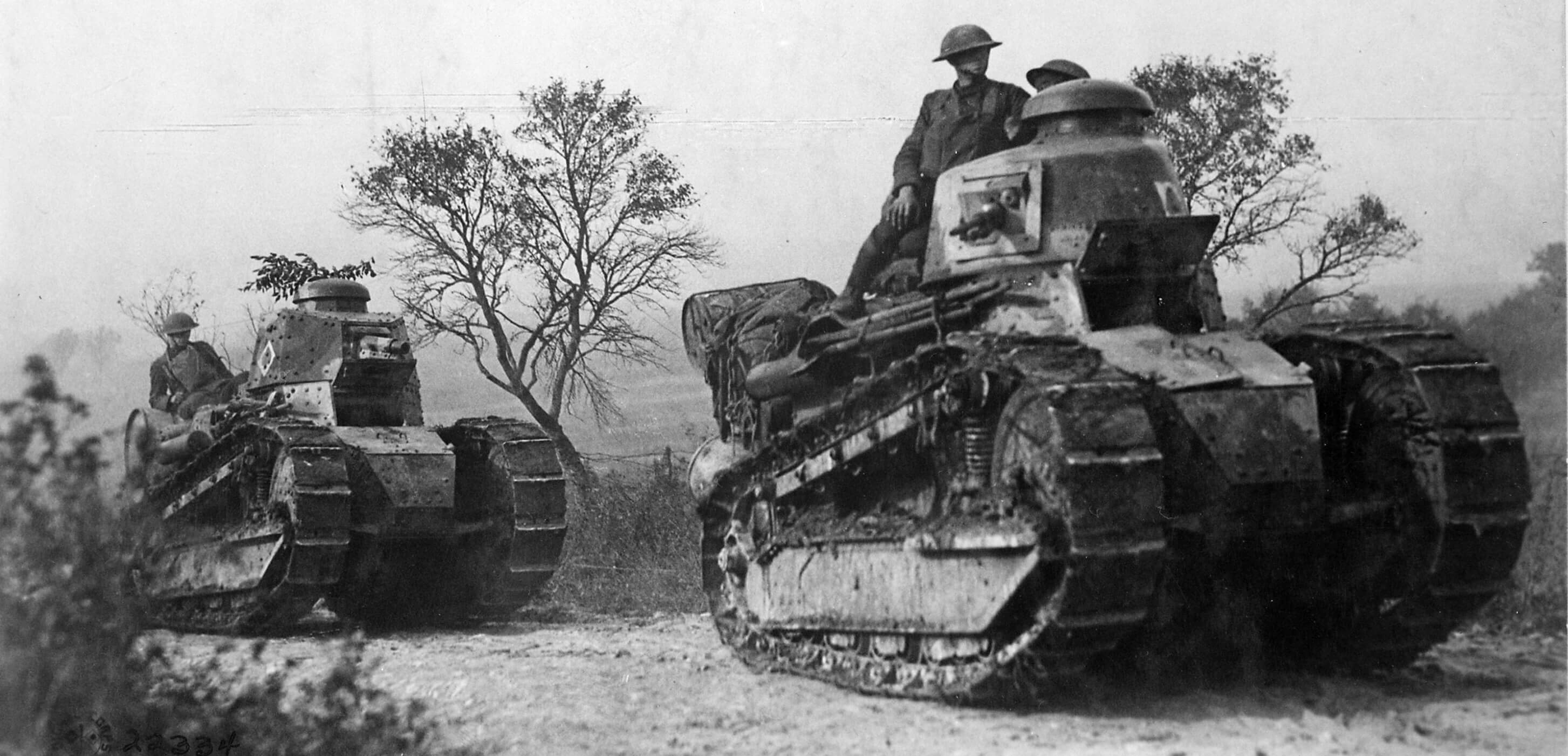You may find the other articles of this serie by clicking here. Enjoy your read!
On May 28th, 1928, General Estienne informed the Ministry of War of the interest of a powerful tank of 40 to 50 tonnes, with 6 or 7 cm of armor, and equipped with a high velocity 75 mm gun. This tank, which would be called “char d’arrêt”, was favorably received as early as July 9th, 1928 by the Minister as part of the defense of fortified areas. A first approach points out that the armor, in order to withstand tank attacks, should be around 10 cm thick. On the 13th of July, General Estienne had the Forges et Chantiers de la Méditerranée (FCM) study a project on the following bases :
– Railway transport, similarly to the 2C tank
– Armament: two 75 mm guns (700 m/s velocity), with a rate of fire ranging from 12 to 15 rounds per minute
– Speed : about 5 to 6 km/h in cross-country conditions
– Vertical armor: 10 cm on 3 faces, or 15 cm frontal armor with 6 to 7 cm of side armor
The theoretical study takes place, starting from the tank B1 and the tank 2C, with results in mass greater than or equal to 100 tonnes, with such dimensions that the turning capacities are altered. In July 1928, it’s envisaged to have a vehicle in two unsuspended parts, with 10 cm of frontal and side armor, weighing 70 to 80 tonnes, and with a top speed of 6 km/h: a crawler platform (with two electric engines) with double 75 mm gun turret, and a « factory-vehicle » (two generators and two electric engines) fueling the “turret” vehicle thanks to flexible ropes.
Due to the poor practicability of this concept, a second 60-65 tonnes draft was made in August 1928, this time with a single vehicle armed with just one marine 75 mm gun Mle 1922 CA (850 m/s velocity), in the hull, within the axis of the tank, aimed through the tracks, and powered by a Sauter-Harle engine (250 to 270 hp). The maximal armor was 12 cm, and the top speed was 6 km/h. Continue reading “TAP Special #6 : Chars d’arrêt FCM & STCC” →




